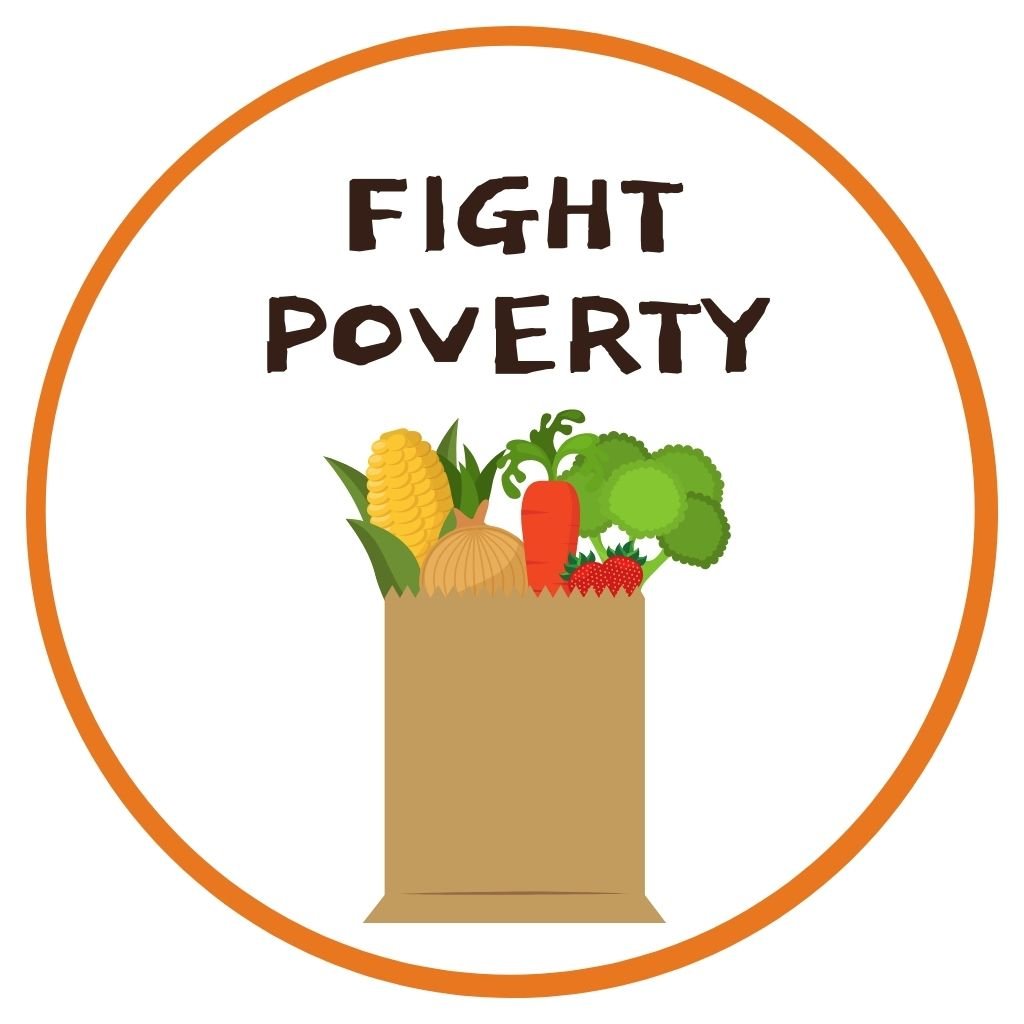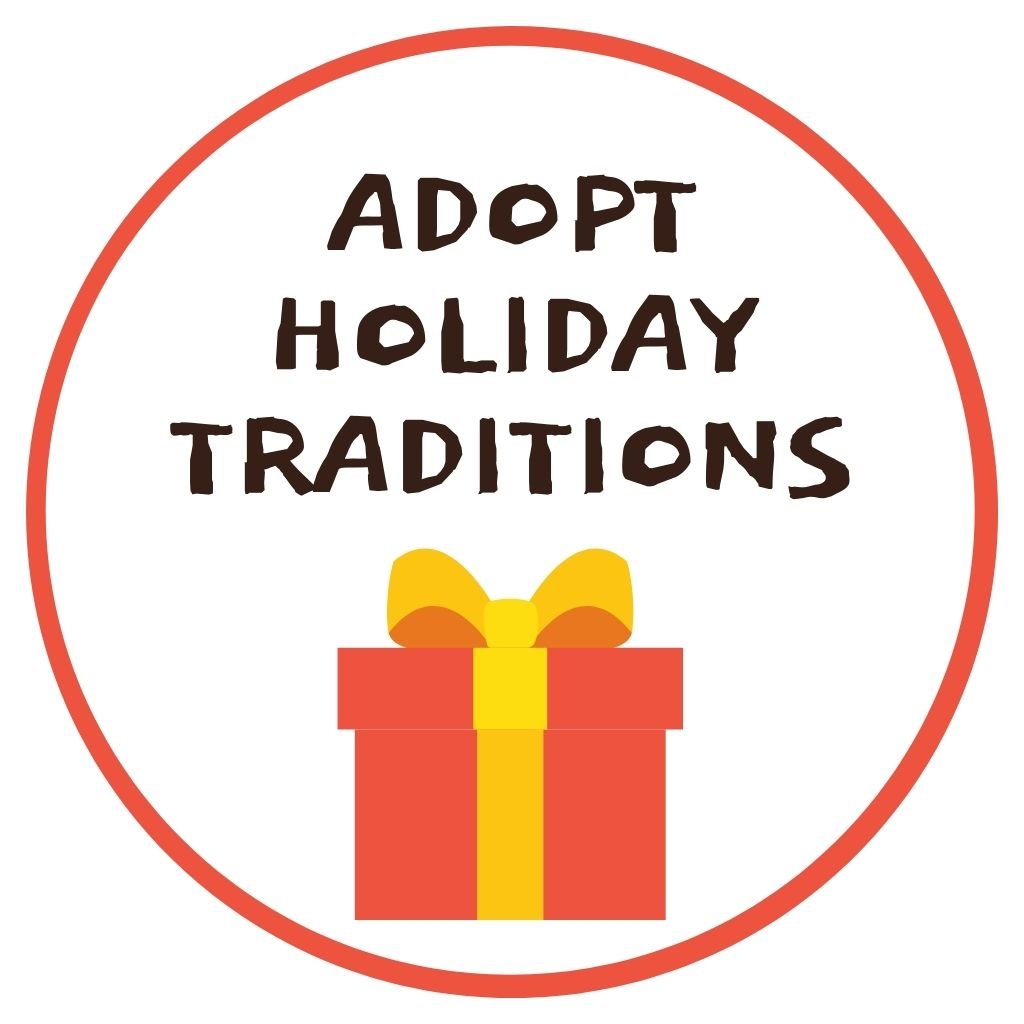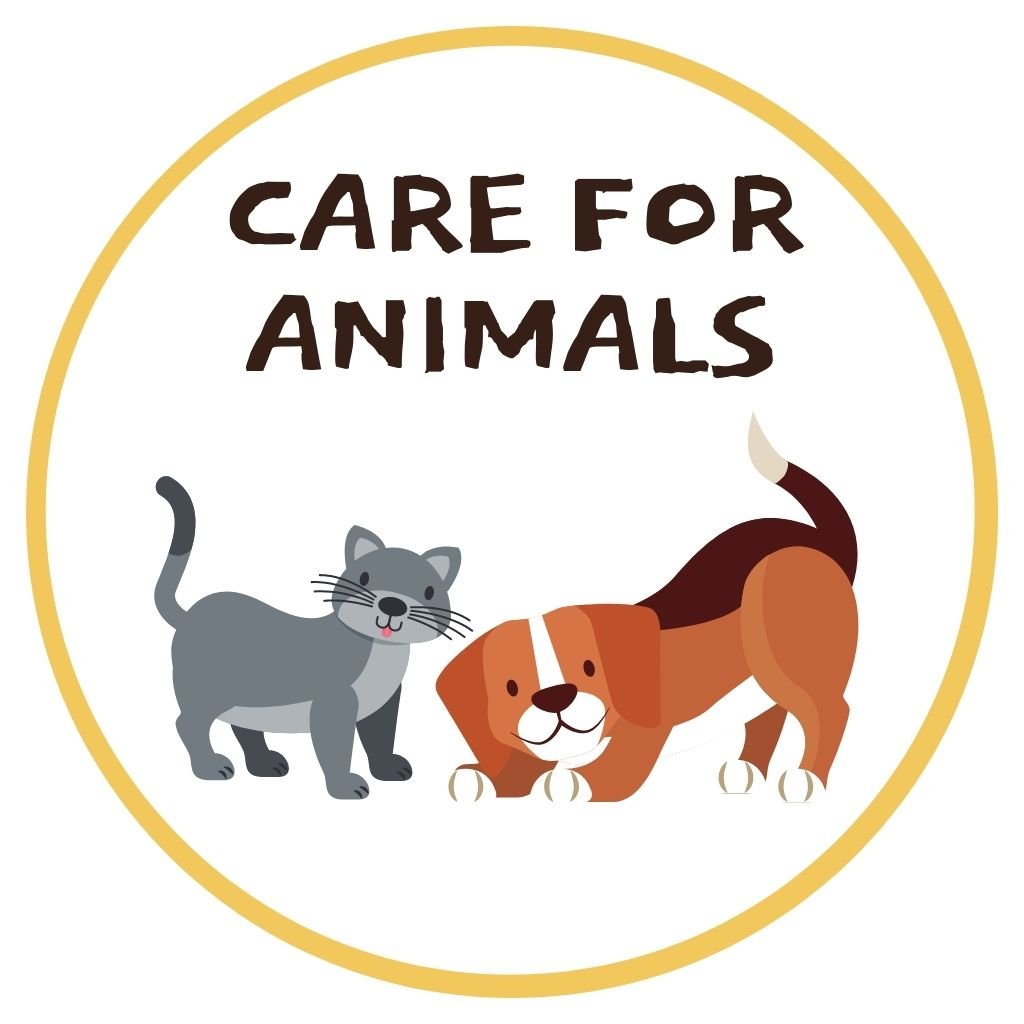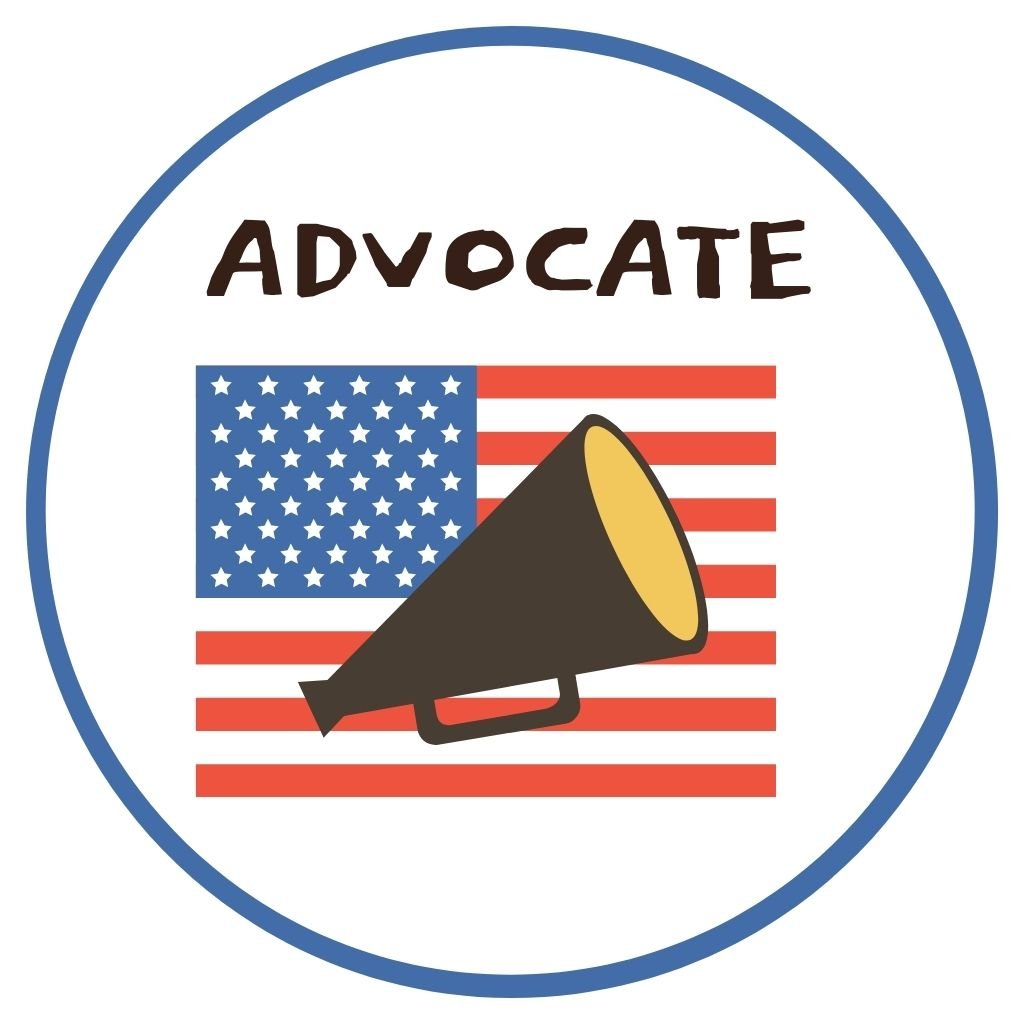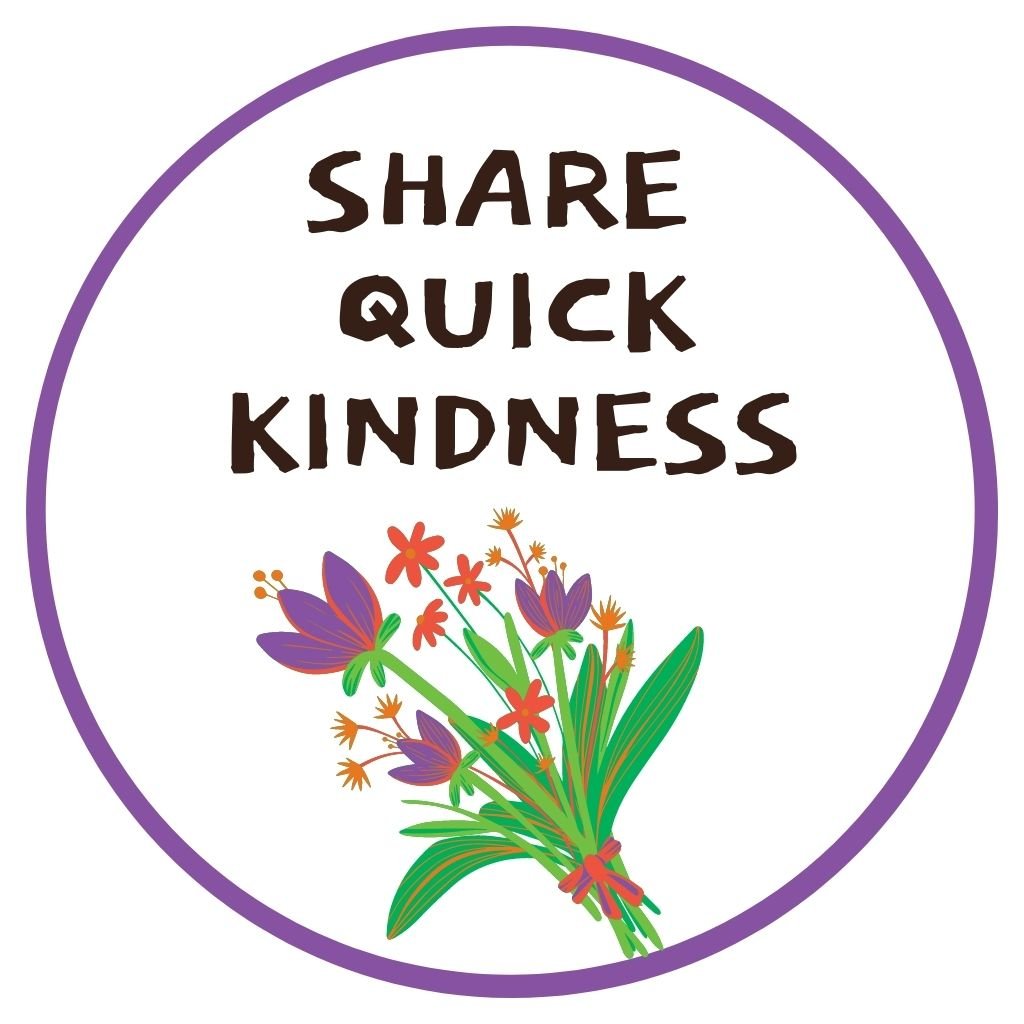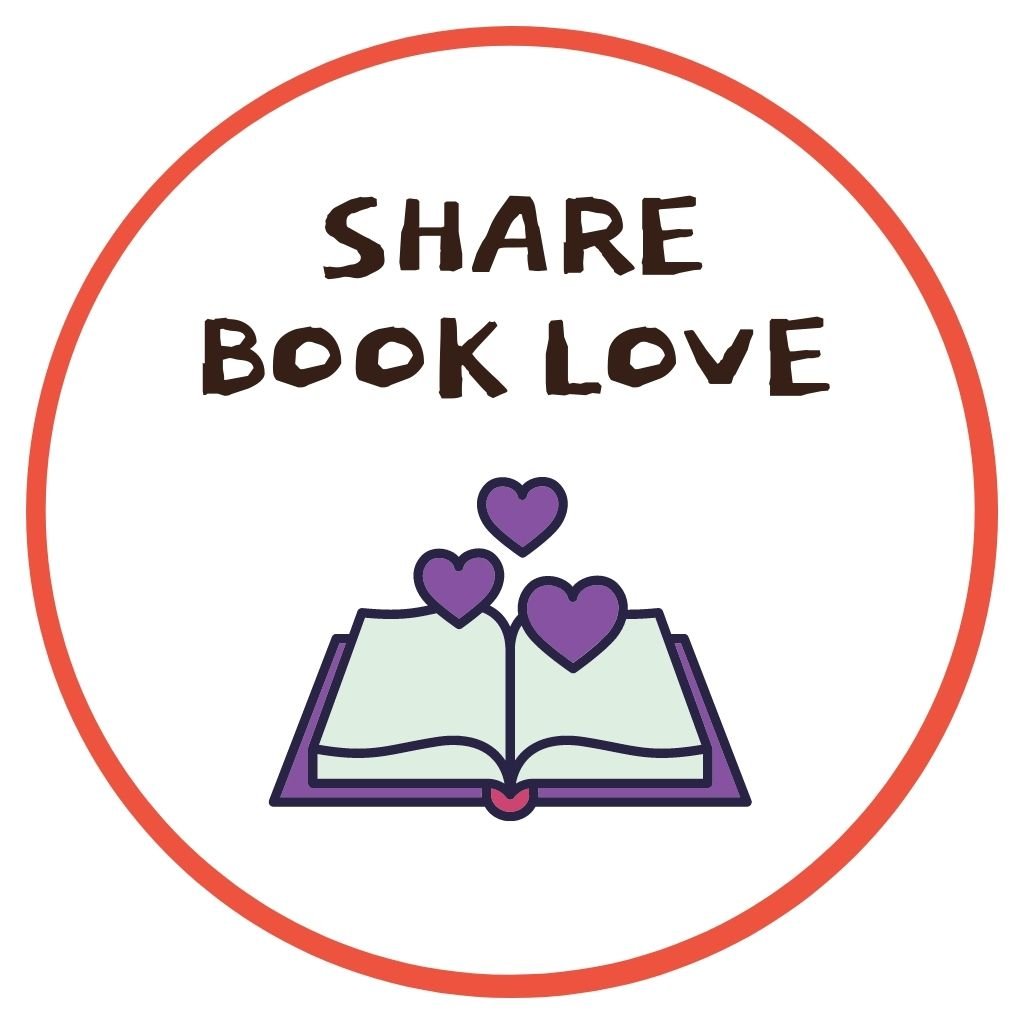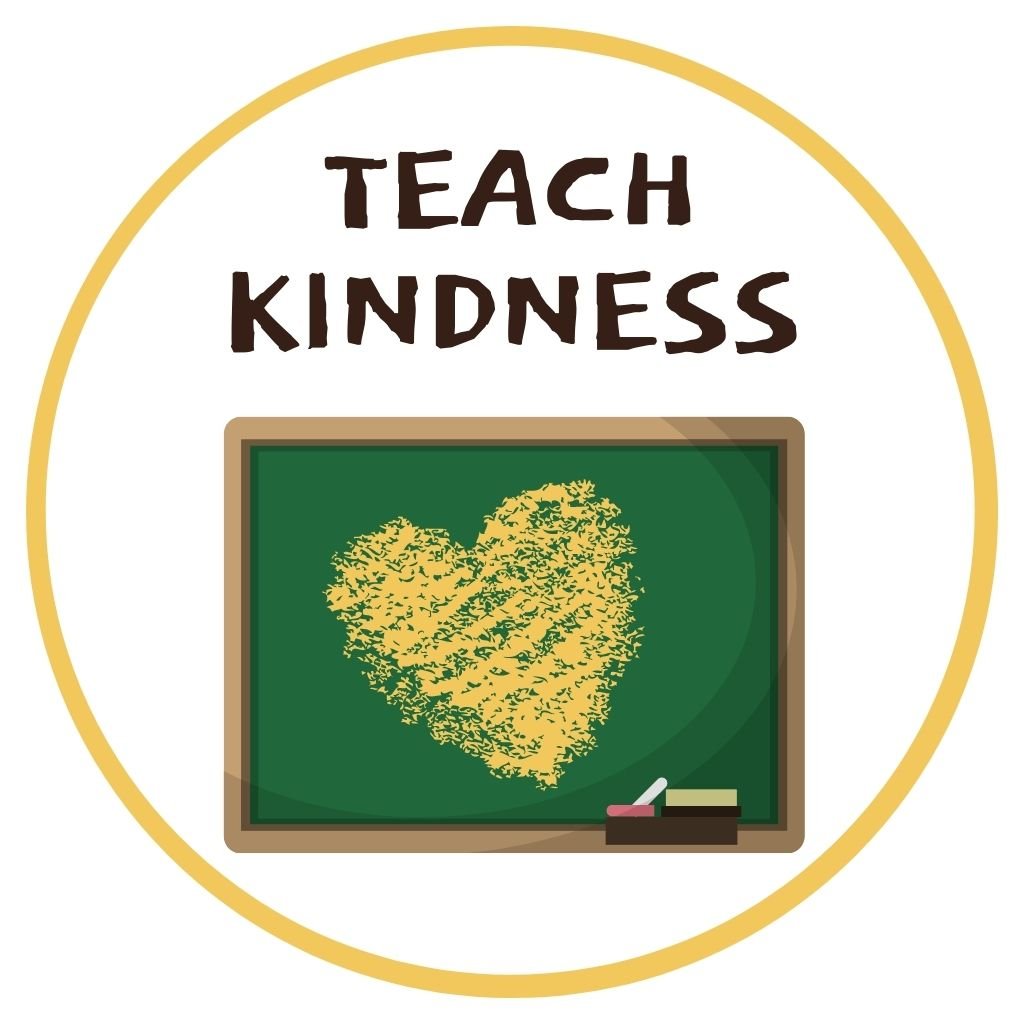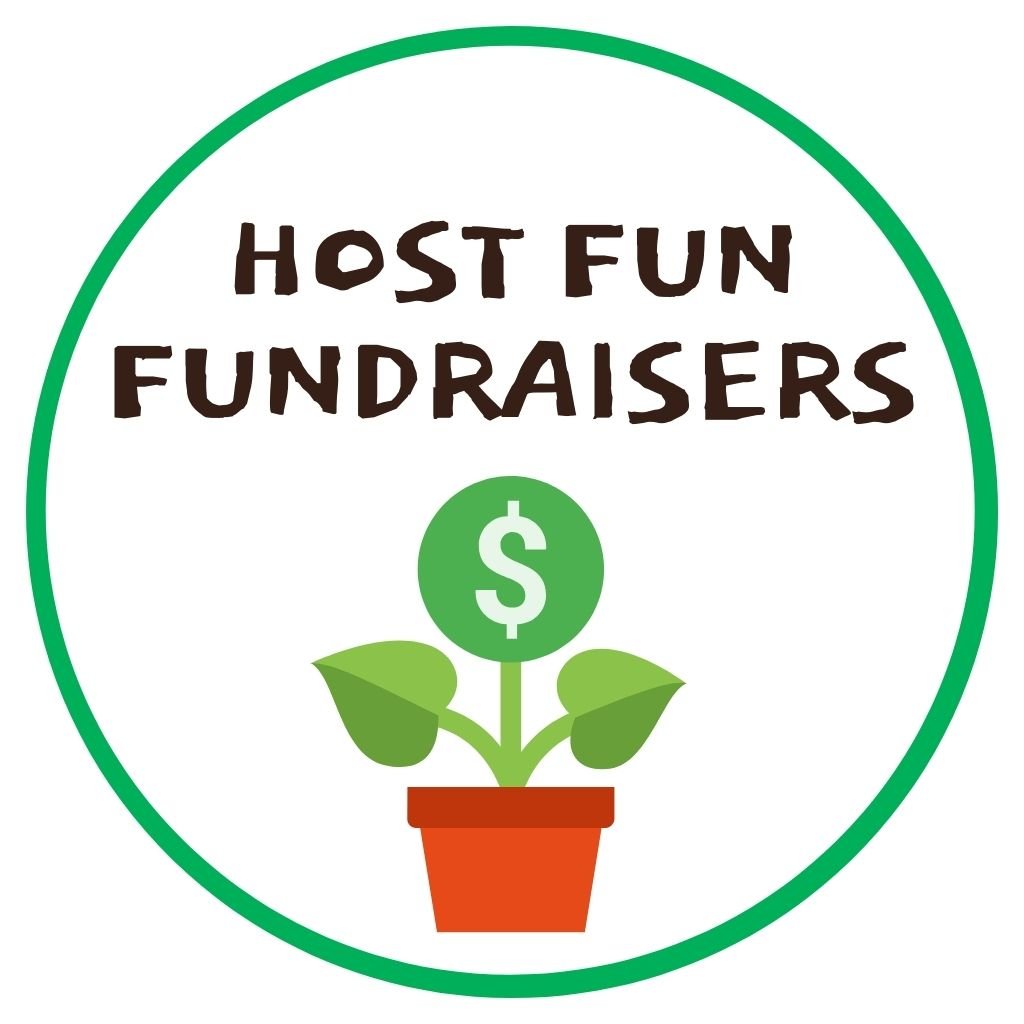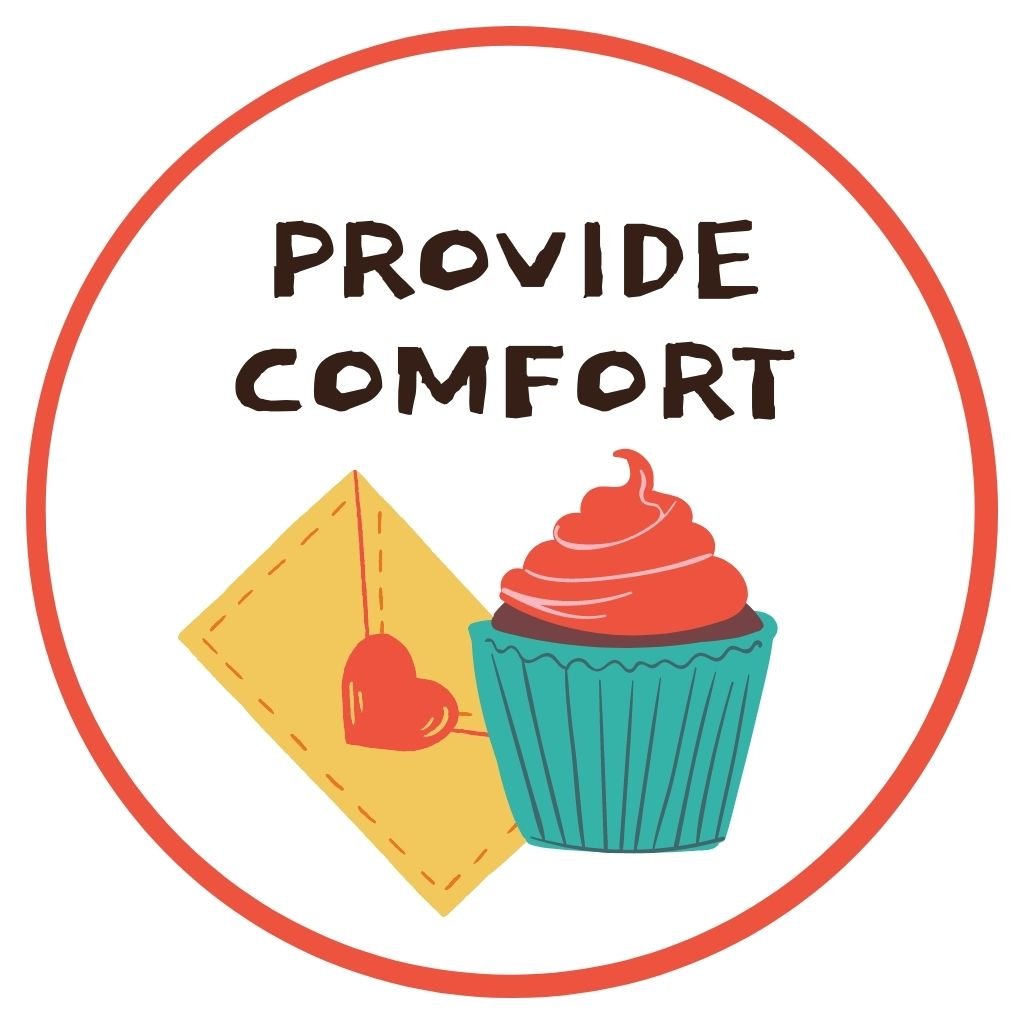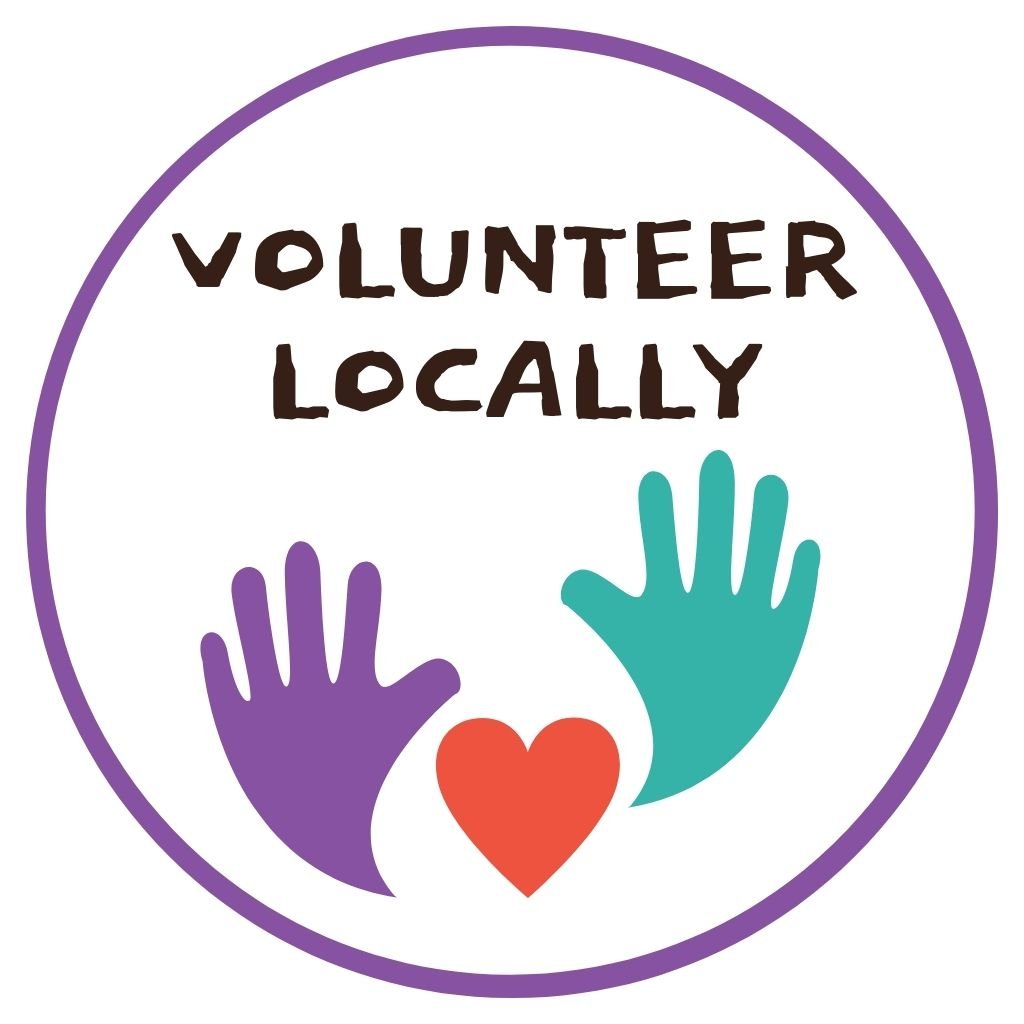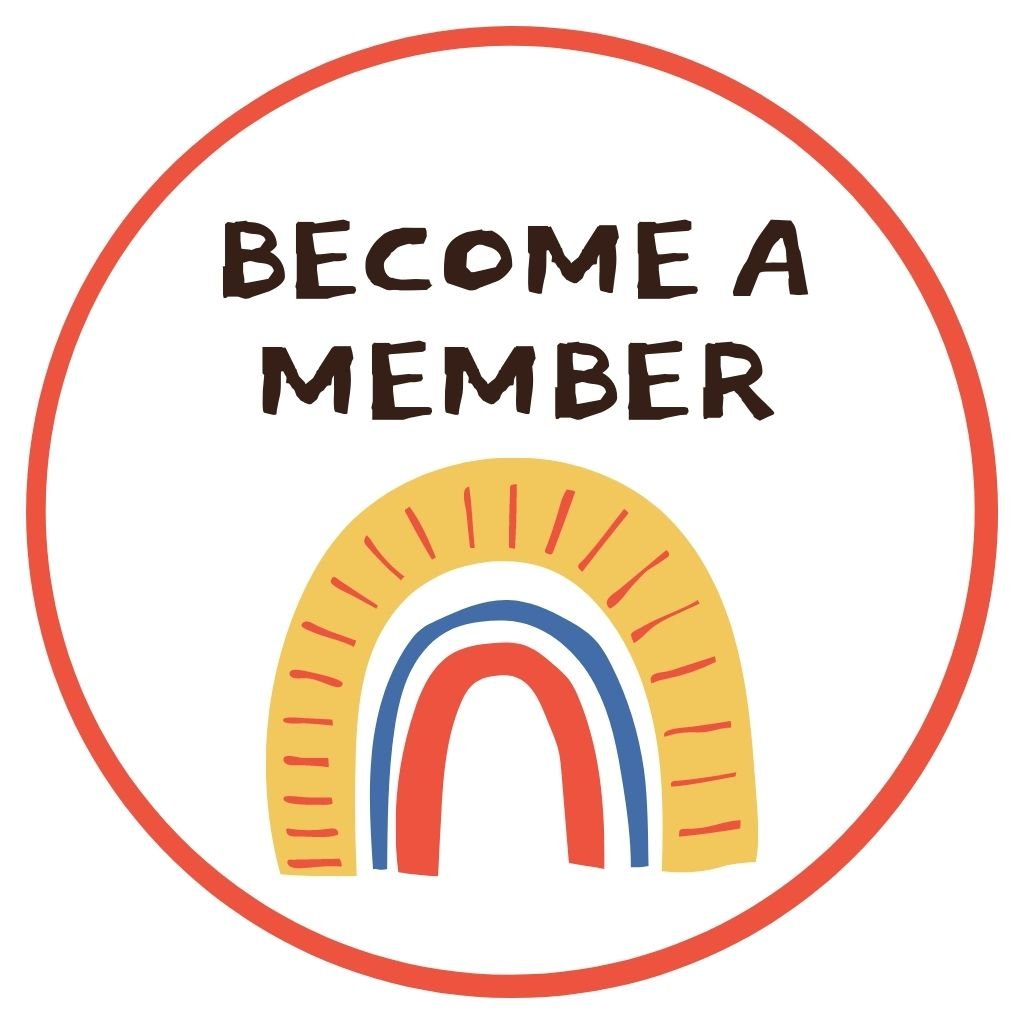Disagreements and Differences: Strategies for Helping Kids Navigate Our Divisive World
By: Courtney Juvland, early childhood family educator
There are a lot of indicators in today’s world that we humans are finding it increasingly difficult to relate to others with different beliefs and ways of thinking. In our 24/7 information cycle, there’s headline after story after talking point where a strong stance is communicated and others on the dias either debate the stance or agree and add on their own declarative statements about the topic at hand. Often items are presented as a dichotomous choice–this or that, right or wrong, stupid or brilliant–and not in the more nuanced shades reflective of a diverse and multi-faceted world.
Many of the parents I work with have different perspectives on divisive topics such as sleep, meals and nutrition, choosing daily care for their children, determining what school would be a good fit for their family, and–yes–on some more loaded values-based topics, too. But I also see in these discussion groups that they are actively attempting to listen to each other, to support one another in their different choices. They subvert the false sense of binary, right or wrong, and see things on more of a continuum. What a powerful example to their children.
There’s something that can be borrowed from these facilitated conversations and translated into teaching the next generation to see differences and disagreements with openness and care. How might we as parents and caring adults help children and teens wade through these divisive times?
Help them to understand differences between people exist, and normalize it. “A diverse set of experiences and viewpoints boosts creativity and helps kids (and adults) better understand the world around them.” It’s never too early to talk about how we are all wonderfully different from one another–even young babies can distinguish differences. For young children, books can be a wonderful window into others’ lives, as well as mirrors of their own.
Identify similarities or shared values/goals. Studies support that children develop their social and political attitudes from their parents–either directly through conversation or indirectly through modeling. We can expand our conversations to include the voices or perspectives of others and ask our children–what is the same about us? Core beliefs such as deep concern for the welfare of others can often be found even while the ideologies of how to address societal strife may differ. Focusing on that shared value or belief may help children and teens see connection between disparate groups.
Develop the ability to accept two or more different perspectives. Dr. Becky Kennedy has an exercise for families she calls “two things are true.” As an everyday parenting example, “Two things are true…you really want to go for ice cream now, and we have to get to our appointment on time.” This practice lets everyone know that you hear them and simply witnessing to their idea/wish/belief is important validation.
Because we are all unique with our own thoughts and feelings, it can be helpful to see two or more perspectives as “true” to the individuals who hold them. Start with using it to give voice to the differing perspectives of those in your own family unit. Making this a regular practice humanizes differences of thought and opinion. As they get older, you can practice this with your kids and teens when talking about the news, politics, or other potentially divisive topics.Help young people exercise their critical thinking skills about what they hear. There are so many sources of information in today’s world that it can be difficult to determine which ones are trustworthy–even for savvy adults! Upwards of 70% of adolescents in a recent study were unlikely to look at source attribution and validity when consuming news or research content. Helping our young people ask questions about what they hear in a way that leads to more informed consideration will be an increasingly important skill. Discussing indicators of relevance, accuracy, bias/perspective, and reliability of sources with your children will help them better understand the quality of information they are receiving.
You can start this early with younger children by asking them questions about nonfiction sources they are reading.
From Edutopia, here are some questions you might ask middle-childhood and teens in your home to help them parse out the information:
Is the source a primary source (someone reporting on what’s happening as a first-hand account) or are they making a commentary on something?
Why should I believe this person?
Why would it benefit this person to have this opinion? Could something else be motivating them?
Is there another possible perspective on the issue?
This is daunting but important work! I believe it’s possible for parents to practice, model, and teach this because I see it everyday in my classroom. While we will never live in a world where we are all friends, nor in a utopia where everyone agrees, “It is…appropriate to teach children to be kind to others, how to solve conflicts peacefully, and to respect the opinions and views of others. These are long-term life goals that will benefit [our] children…for their entire life.” (source)
If you like our free stuff, you’ll love our membership program!
Join today and we’ll help you keep kindness on your family calendar all year long, now with access to DGT’s popular member’s only e-books.
Browse our Pick-a-Project collection!
Disclaimer: Doing Good Together™ is a participant in the Amazon Services LLC Associates Program, an affiliate advertising program designed to provide a means for sites to earn advertising fees by advertising and linking to Amazon.com.
The recommendations we offer are based solely on our mission to empower parents to raise children who care and contribute.








